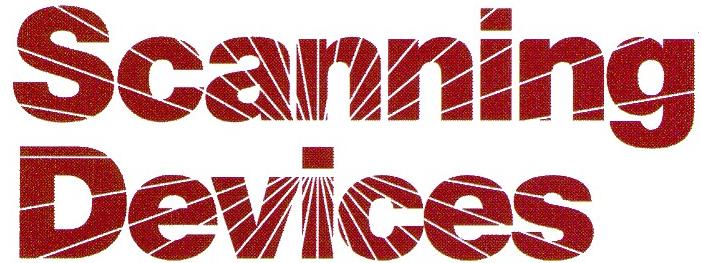Averaging Repeat Length Measurements - Why do it & How
by Bob Bushnell on 01/28/13
Print cylinders typically contain more than one impression, applying a number of web repeats per revolution of the cylinder. When measuring repeat length, don’t be fooled by variations within a cylinder. Instead average the measured length over the number of impressions on the cylinder to achieve a reliable result.
Here’s why…..Print cylinders come in specific diameters, dictated by the mechanics of a press, gear ratios and other variables. An exact number of print repeat lengths often don’t fit evenly on the print cylinder. One or more of the impressions is trimmed or extended to make up the difference. If you are measuring repeat length to detect slippage, measuring less than one revolution of the print cylinder may detect variations within the cylinder. The solution is to measure the average of a greater number of impressions.
Scanning Devices’ Model 755T-CS3 Repeat Length Measurement System allows you to perform this averaging with ease. It does the math for you, measuring the number of repeat lengths that you select, and then reports the average individual repeat length.
During set-up, key # 2 allows you to enter the number of repeats that you want to average. This value has a range of possible values: minimum is 1, maximum is 255. Enter the value you want to use. The system will measure the length of N repeats and then divide by N and display the result.
The system begins measuring when a web mark is detected, continues measuring until N marks have been detected, at which time it calculates, displays and transmits the average length of the N marks. It begins the next measuring period when the next web mark is detected. Data can be captured and delivered to a computer for export and analysis.
